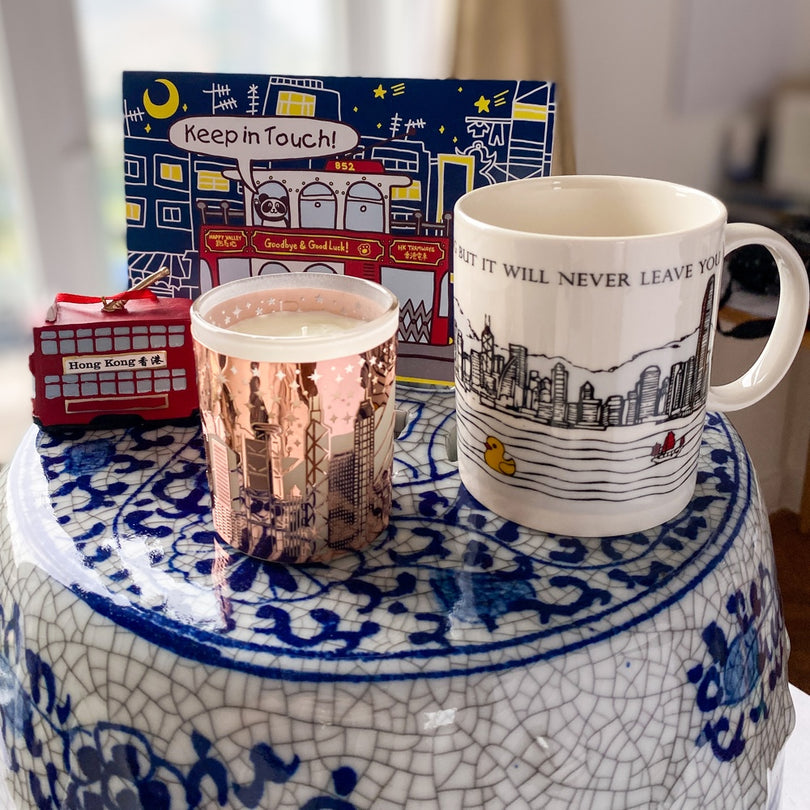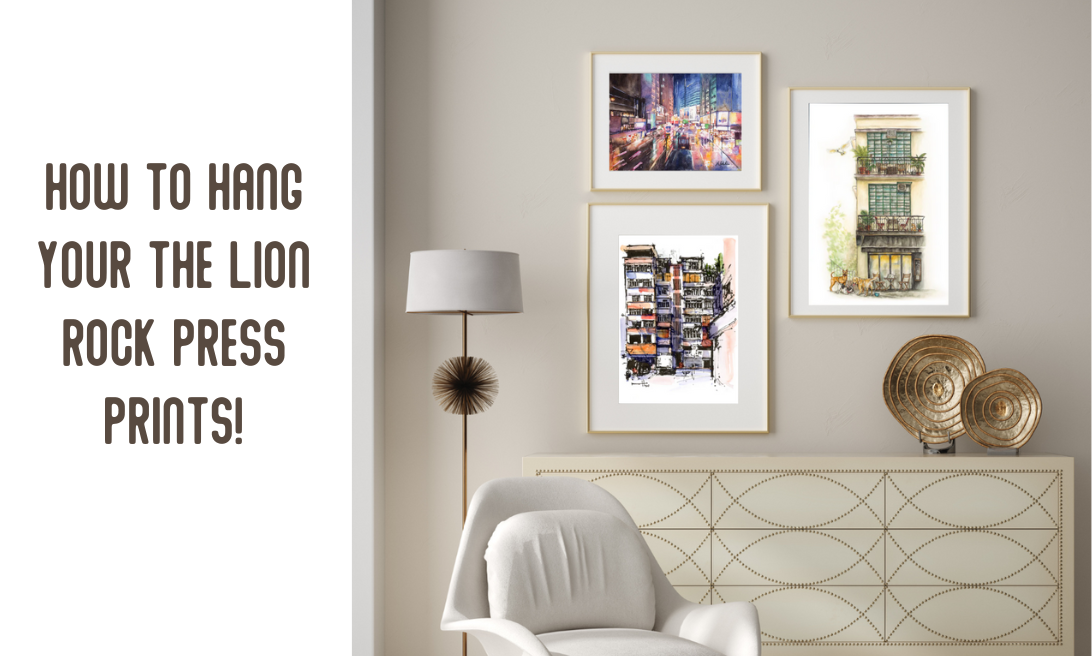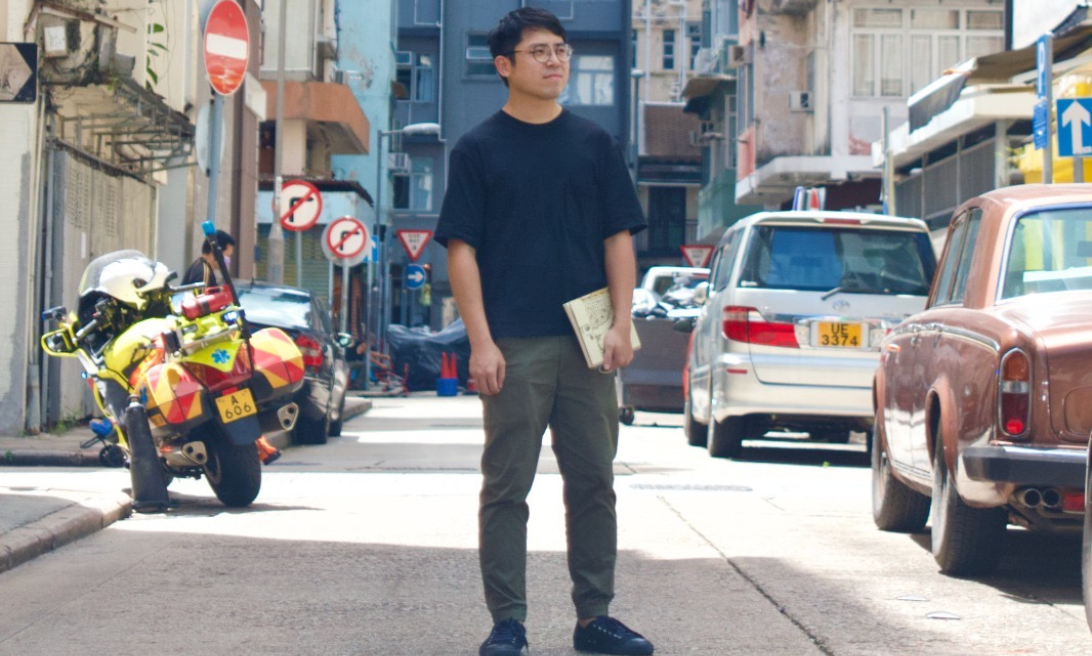As a group of avid readers in the LRP team we are very happy to have recently expanded our book offering online and in the showroom. We knew you would be interested in finding out more about some of the wonderful authors and illustrators who have created the ones we've selected. All books have a Hong Kong theme whether it be written or illustrated by someone who lives here or is about the city, the stories and the history of the place so many of us call home.
This week we are meeting Stefan Irvine, photographer and author of the beautiful Abandoned Villages of Hong Kong book.
About you
I’m a British-born photographer who has been living in Hong Kong since 2002. I first visited the city in 1999 and was immediately taken by it's visual appeal, it's dynamism, and the sense of opportunity. Like so many others, my intention was not necessarily to stay long-term in the city — at one time I was planning to settle in Beijing as a photojournalist — but Hong Kong definitely got it's hooks into me, and today I can’t think of anywhere else I would rather be.
After working here for many years as an editorial and commercial photographer, recently I have been producing photographs for the art gallery world. My most recent series culminated in a solo exhibition at Blue Lotus Gallery and my first photo book, which focuses on Hong Kong’s abandoned villages. With this project, my aim is to shed light on an overlooked aspect of Hong Kong’s heritage, while revealing the haunting beauty of the houses hidden within it's country parks.
Your Inspiration
I first became aware of Hong Kong’s abandoned village houses in around 2012 when I was visiting a friend who lived on the outskirts of Sai Kung town. As I explored the tightly-packed village homes, I stumbled across the ruins of a beautiful old house. Despite the collapsed roof, peeling paintwork and crumbled front door, the charm of this simple house was irresistible. In place of the previous occupants, huge plants had taken up residence inside, their enormous leaves spilling out towards the alley. I was instantly smitten, and this house would later become the first subject in a long-term photography project.
At around the same time as the onset of Covid, I fell in love with hiking in Hong Kong. So documenting these isolated, deserted villages was the perfect pandemic project for me. As many of the villages are situated in far-flung corners of the New Territories, it was a chance for me to get out of the house with my camera and indulge my passion for walking, while at the same time, collecting photographs for my book project and learning about Hong Kong’s rural past.
Favourite thing to do or see in Hong Kong
One of my favourites has to be Lugard Road and the circular walk around Victoria Peak. It’s flat, car-free, and sums up the extraordinary diversity which Hong Kong can offer. On a clear day, the views of densely-packed skyscrapers can take one’s breath away. Further along, the path becomes more peaceful and is enveloped with greenery and a variety of huge banyan trees. Finally, you are treated to gorgeous views of Pokfulam Country Park and dozens of islands dotting the South China Sea.
If you could only explore one of the abandoned villages in your book which one would it be and why?
I would have to choose Luk Keng, and not just because it is featured as the cover photo of my book! It’s also because of the village’s situation in such a beautiful and interesting corner of Hong Kong. Positioned near a lovely stretch of Starling Inlet’s coastline, it's surrounded by green hills and fish farms. The village is not totally abandoned, with a few locals still in residence. There is even a simple restaurant on the edge of the village — a perfect spot to grab a snack and a cold beer after a long day of ruin-hunting!









